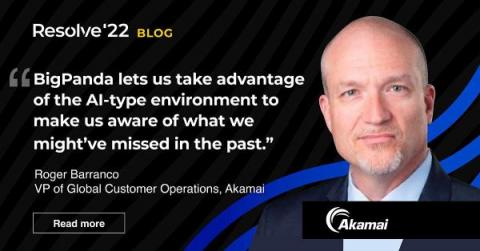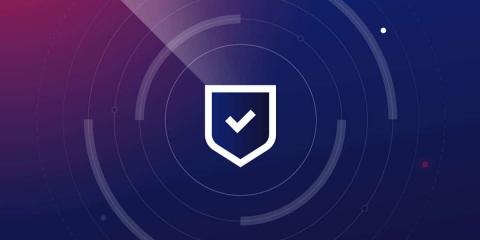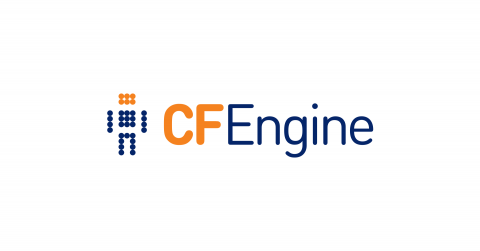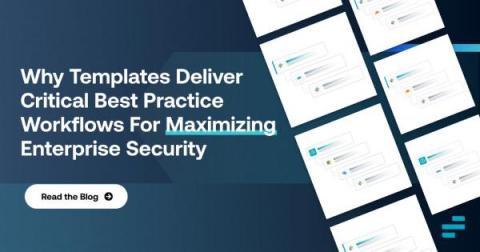Operations | Monitoring | ITSM | DevOps | Cloud
Security
The latest News and Information on CyberSecurity for Applications, Services and Infrastructure, and related technologies.
Best Practices for Navigating the Security Poverty Line
InfoSec, like any other aspect of IT, is a matter of three factors coming together: people, process and technology. All of these factors cost time and money in some way. The truth is, there are very few organizations out there who can supply their own security programs, staff, technology, processes and everything needed for InfoSec to an efficient degree. Everyone has to compromise in some way.
RESOLVE '22: The SOC and the NOC
In our RESOLVE ’22 event The SOC and the NOC, moderator and 3 Tree Tech VP of Cybersecurity Kris Taylor welcomed two esteemed guests to the stage: As Kris noted at the top of the event, we brought our panelists together to talk about “the culture of the network operating center (NOC) and security operations center (SOC).” Along the way, they discussed different philosophical and practical takes on the high-level topics of networking and security.
Red Team vs. Blue Team: The InfoSec Color Wheel
Troubleshooting microservices: Challenges and best practices
When people hear ‘microservices’ they often think about Kubernetes, which is a declarative container orchestrator. Because of its declarative nature, Kubernetes treats microservices as entities, which presents some challenges when it comes to troubleshooting. Let’s take a look at why troubleshooting microservices in a Kubernetes environment can be challenging, and some best practices for getting it right.
What Are Managed IT Services?
The Key Principles of Data Protection (EU, and North America)
There’s no doubt that the typical modern enterprise generates large amounts of data that must be moved, analyzed, and safely stored. Because much of this data involves the privacy of users and customers, various laws and regulations have been created to drive strong protection practices. While these regulations vary a great deal from country to country, the underlying concept remains the same: keep data safe while making it available to authorized users when they need it.
Statistics on Cyber Terrorism Attacks and Computer Security Costs
Extending autorun
What’s autorun? Autorun is a feature of the Masterfiles Policy Framework (MPF)1 that simplifies the process of adding and executing new policy. We have talked about Modular policies with autorun and the Augments before. This time, we dig into autorun a bit deeper to explore some of its current features and look at how to implement your own as we did during The Agent is In, Episode 15 - Extending Autorun
Why Templates Deliver Critical Best Practice Workflows For Maximizing Enterprise Security
It’s difficult for even the most advanced security teams to stay on top of evolving incursions and ensure their processes effectively map to prevent them. That’s where pre-built templates come into the conversation. No-code, security automation templates can handle the considerable burden of having to maintain and update processes that integrate with a company’s security stack.











